The raw metal or plastic material used for the part is as important as how the part is machined; choosing the wrong one can unnecessarily increase the cost of the part. For example, titanium, the darling of superalloys and aerospace, is difficult to machine, and parts made from it are almost certainly more expensive than parts made from aluminum or stainless steel. What's the point? If it's not really needed, choose a cheaper metal.
Polyetheretherketone (PEEK) is the superman among polymers, strong enough to replace metals in some applications, but also be prepared for a price shock, as PEEK is typically around five times more expensive than other high-performance thermoplastics . Other technical considerations that help in selecting the right material for the part application include specific measurements such as tensile strength, thermal deformation, and bulk hardness.
Here are some of the more common materials used for machined parts and their key properties:
Aluminum: As with all metals, there are many types of aluminum alloys, but the most common are 6061-T6 (considered a general-purpose alloy) or 7075-T6 (a favorite in the aerospace industry). Both materials are easy to machine, resistant to corrosion, and have a high strength-to-weight ratio. Aluminum is suitable for aircraft parts, computer parts, cookware, construction parts, etc. (In case you were wondering, T-6 refers to the tempering of aluminum, or the way it is machined in the factory).
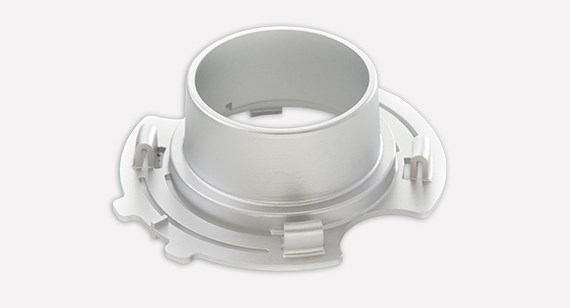
Cobalt Chrome: Need a Knee or Hip Replacement? It's most likely made of cobalt-chromium (CoCr), a tough and wear-resistant alloy. Also known by its brand name Stellite, this biocompatible metal is also widely used in turbine blades and other components that require high strength and heat resistance. Unfortunately, it is difficult to cut and has around 15% machinability (compared to 100% machinability for 1212 mild steel and 400% machinability for aluminum).
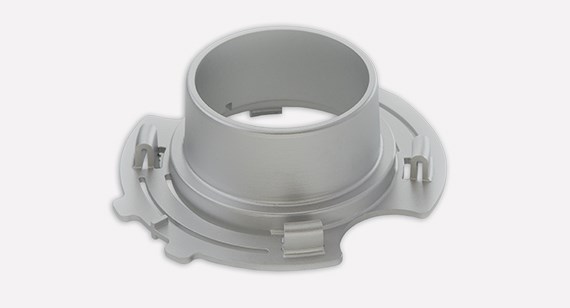
Inconel: Another heat resistant super alloy (HRSA), Inconel is the best choice for extreme temperatures or corrosive environments. In addition to being used in jet engines, the Inconel 625 and its stiffer, stronger sibling, the Inconel 718, are used in nuclear power plants, oil and gas rigs, chemical processing facilities, and more. Both are fairly solderable, but are expensive and even harder to machine than CoCr, so they should be avoided unless required.
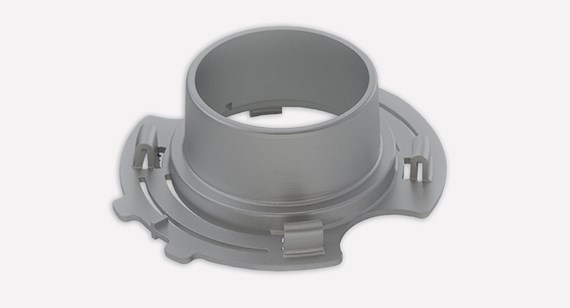
Stainless Steel: By adding a minimum of 10.5% chromium, reducing the carbon content to a maximum of 1.2%, and adding alloying elements such as nickel and molybdenum, metallurgists convert common rust-prone steels into stainless steel, a corrosion-resistant switch killer in manufacturing . However, with dozens of grades and categories to choose from, it can be difficult to decide which one is best for a given application. For example, the crystal structure of austenitic stainless steels 304 and 316L makes them non-magnetic, non-hardenable, ductile and fairly tough. On the other hand, martensitic stainless steel (grade 420 is first grade) is magnetic and hardenable, making it ideal for surgical instruments and various wear parts. There are also ferritic stainless steels (mostly 400 series), duplex steels (think oil and gas), and precipitation hardening stainless steels 15-5 PH and 17-4 PH, all favored for their excellent mechanical properties . Machinability ranges from fairly good (416 stainless steel) to moderately poor (347 stainless steel).
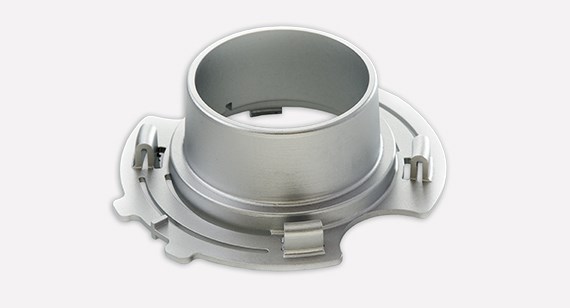
Steel: As with stainless steel, there are too many alloys and properties here. But four important questions to consider are:
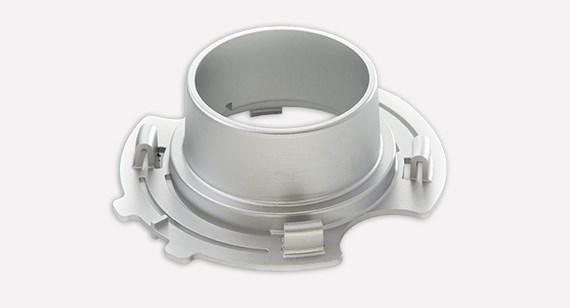
1. The cost of steel is generally lower than that of stainless steel and superalloys
2. All steel corrodes in the presence of air and moisture
3. Except for some tool steels, most steels have good machinability
4. The lower the carbon content, the lower the hardness of the steel (represented by the first two digits of the alloy, such as the three common choices in 1018, 4340 or 8620). That said, steel and its cousin iron are by far the most commonly used of all metals, followed by aluminum.
The list does not mention the red metals copper, brass and bronze, as well as another super important superalloy, titanium. Nor is it mentioned that some polymers, such as ABS, which are the material for Lego bricks and drain pipes, are both moldable and processable, and have excellent toughness and impact resistance.
Engineering-grade plastics - Acetal is a notable example, used in everything from gears to sporting goods. The combination of strength and flexibility of nylon replaced silk as the material of choice for parachutes. There are also polycarbonate, polyvinyl chloride (PVC), high-density and low-density polyethylene, etc. The point is that the choice of materials is extensive, so it makes sense as a part designer to explore what's available, what's good, and how to machine it.
------------------------------------------------------------------END------------------------------------------------------------------

